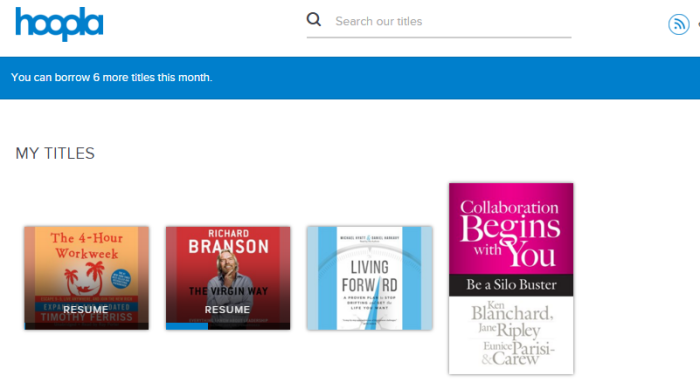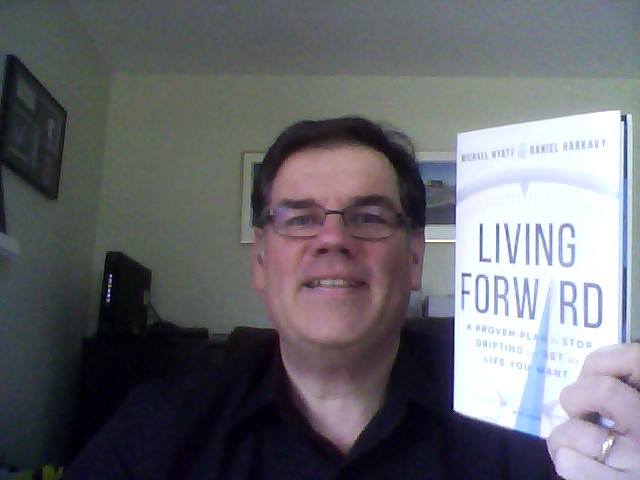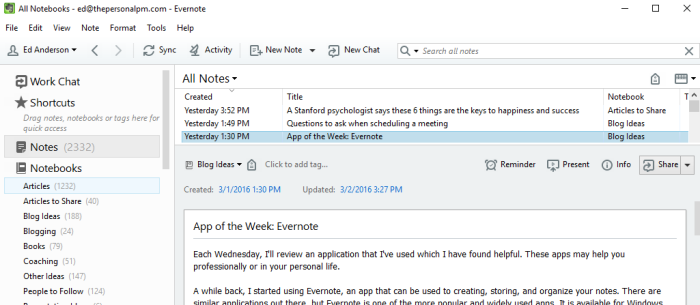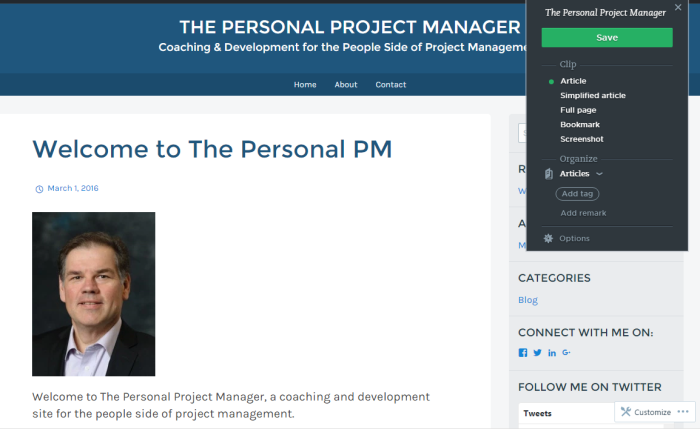
Early in my career, a manager of mine suggested that I take the Dale Carnegie course. The course provided me an opportunity to develop my public speaking and presentation skills as well as learn how to deal more effectively with people. We were given Carnegie’s book “How to Win Friends & Influence People” to read as part of the course. The book, originally published in 1936, remains one of the go-to books in learning how to build strong and healthy relationships.
It starts with taking a genuine and sincere interest in people and making them feel important. Carnegie talks about approaching people with a smile and with friendly intent. Sometimes, people become too concerned with what others can do for them. He discusses the importance of listening to others to learn more about people and understand what makes them tick.
People come from different backgrounds and experiences, which shape their views. Carnegie cautions readers from criticizing and condemning others, but using other strategies to influence others. This includes making the effort to understand others’ points of view and being respectful of their opinions. These days, people are quick to criticize or condemn others who may not share the same opinions. Doing this improves the chances of get others to come to your way of thinking.
Much of what Carnegie writes about will help you to be someone others will want to be around and will help you to find ways to make your relationships mutually beneficial.
“How to Win Friends & Influence People” has been revised since it was originally published. A few years ago, “How to Win Friends and Influence People in the Digital Age” was release, which is an adaptation of the book for the new millennium, taking into account changes in technology and in our culture. Whichever version you read, much of Carnegie’s advice is still very relevant today and will help you to build and maintain positive relationships in both your personal and professional life.
 As part of my professional and personal development, I have been a big fan of audiobooks. I’ve used them when I travel, go for a walk, or just relaxing at home. It has helped me to get through more books than I normally would. I found an application that allows me to borrow audiobooks, as well as eBooks, videos, and music.
As part of my professional and personal development, I have been a big fan of audiobooks. I’ve used them when I travel, go for a walk, or just relaxing at home. It has helped me to get through more books than I normally would. I found an application that allows me to borrow audiobooks, as well as eBooks, videos, and music.

 A while back, I started using Evernote, an app that can be used to create, store, and organize your notes. There are similar applications out there, but Evernote is one of the more popular and widely used apps. It is available for Windows, Macs, and most mobile devices. I had found myself with many notes sprawled all over my desk, in notebooks, and in digital documents. It was challenging at times to find information when I needed it, which became time consuming. I wanted to be better organized.
A while back, I started using Evernote, an app that can be used to create, store, and organize your notes. There are similar applications out there, but Evernote is one of the more popular and widely used apps. It is available for Windows, Macs, and most mobile devices. I had found myself with many notes sprawled all over my desk, in notebooks, and in digital documents. It was challenging at times to find information when I needed it, which became time consuming. I wanted to be better organized.

